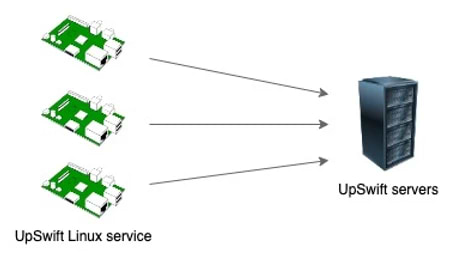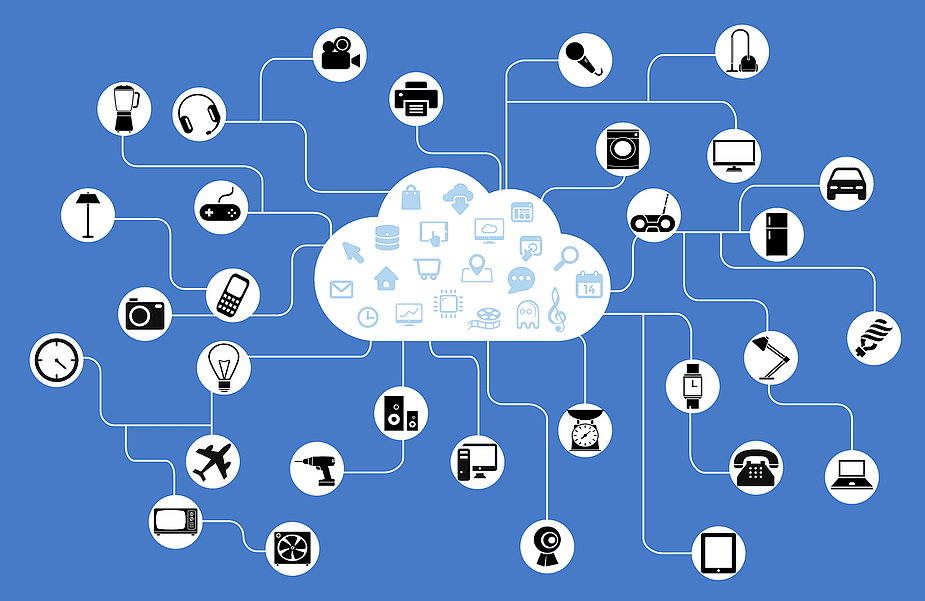JFrog Connect Linux service architecture
JFrog Connect Linux service has been designed and developed with several aspects in mind, such as security, lightweight resources, and low bandwidth as top priorities. The communication between the client side(Linux service) and JFrog Connect servers works in a unique method.
The only way they can communicate is when the client sends messages to the servers. Once the client sends a message, the server replies whether there are actions pending, such as deploy Micro-updates, open a Remote Control session, send application logs, etc.

This exclusive architecture brings multiple advantages:
Security – There are no servers at the client side at all, which means that there are no open listening ports to the internet. This is super critical as it ensures that nobody can break into the device through JFrog Connect’s service.
Low Data usage – Since only the device sends messages to JFrog Connect servers, we have the ability to control the amount of data that is sent/received by the device. As the user, you can set the time interval of the messages that are sent from the device at the ‘Project Parameters’ window. Setting this number low will save data but also will influence on details at the dashboard.
Low Resources – IoT and embedded devices that are based on Linux usually have limited resources hardware in order to save costs. JFrog Connect service implements various technics to minimize memory usage to make sure that the main application will run smoothly and without issues.

Ultimately, JFrog Connect Linux service has a project-orient design that has been planned side by side with several IoT and embedded projects companies and their specialists to make sure the platform will fit any IoT and embedded situation.
We would be more than happy to hear from you! Feel free to ask any question or suggest new features that you would like to have at JFrog Connect platform.



